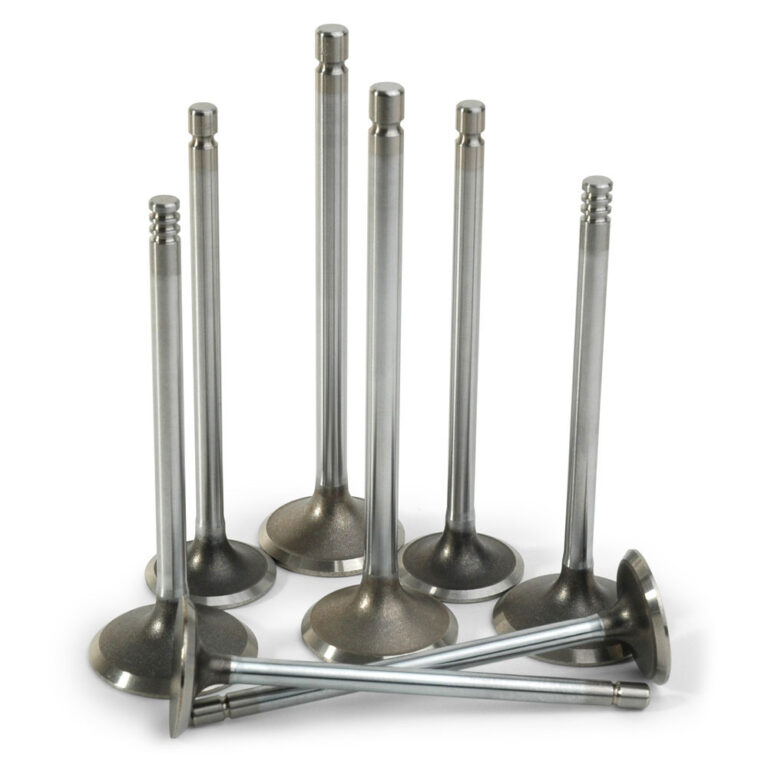The Importance of the Master Cylinder in Vehicle Braking Systems
When it comes to the safety and performance of a vehicle, the braking system plays a crucial role. One of the key components of this system is the master cylinder, which is responsible for converting the pressure applied to the brake pedal into hydraulic pressure that activates the brakes. In this article, we will explore the importance of the master cylinder in vehicle braking systems, its function, types, and maintenance.
Function of the Master Cylinder
The master cylinder is a vital part of a vehicle’s braking system, as it is responsible for generating the hydraulic pressure needed to operate the brakes. When the driver presses the brake pedal, it exerts force on a piston inside the master cylinder. This force is then transmitted to the hydraulic fluid, which is stored in the brake lines. The hydraulic fluid is then pressurized, which in turn activates the brake calipers or wheel cylinders, causing the brakes to engage and the vehicle to slow down or stop.
One of the key features of the master cylinder is that it operates on a dual-circuit system, which ensures that if one circuit fails, the other circuit can still operate the brakes. This redundancy is a critical safety feature in modern vehicles, as it minimizes the risk of complete brake failure. Additionally, the master cylinder also contains a reservoir for brake fluid, which ensures that the system remains properly lubricated and free of air bubbles that could compromise its performance.
Types of Master Cylinders
Master cylinders come in two main types: single piston and dual piston. Single piston master cylinders are typically found in older vehicles and are designed to operate either the front or rear brakes. In contrast, dual piston master cylinders are more commonly used in modern vehicles and are capable of operating both the front and rear brakes simultaneously.
Another important distinction is between standard and power brake master cylinders. Standard master cylinders are used in vehicles with manual braking systems, where the driver must exert more physical force on the brake pedal to slow down or stop the vehicle. On the other hand, power brake master cylinders are designed for vehicles equipped with power-assisted braking systems, such as vacuum boosters or hydraulic boosters. These systems reduce the amount of force required to operate the brakes, making them more responsive and easier to use.
Maintenance of the Master Cylinder
Proper maintenance of the master cylinder is essential to ensure the safety and performance of a vehicle’s braking system. One of the key maintenance tasks is regular inspection of the brake fluid level and quality. Over time, brake fluid can become contaminated with moisture and debris, which can compromise the effectiveness of the master cylinder and the entire braking system. It is important to monitor the brake fluid level and replace it as needed to keep the system functioning properly.
In addition to brake fluid, the master cylinder should also be inspected for any signs of leaks or damage. A leaking master cylinder can result in a loss of hydraulic pressure, which can lead to reduced braking performance or complete brake failure. If any leaks or damage are found, the master cylinder should be repaired or replaced as soon as possible to prevent safety hazards.
Signs of Master Cylinder Problems
There are several common signs that indicate potential problems with the master cylinder. One of the most noticeable signs is a spongy or soft brake pedal, which may indicate air in the brake lines or a failing master cylinder. Another common symptom is a low or spongy brake pedal, which may indicate a leak in the master cylinder or brake lines.
Other signs of master cylinder problems include a brake pedal that sinks to the floor when pressed, a brake warning light on the dashboard, or a loss of braking performance. If any of these symptoms are present, it is important to have the braking system inspected by a qualified mechanic to identify and address the underlying issues.
Conclusion
The master cylinder is a critical component of a vehicle’s braking system, responsible for converting the force applied to the brake pedal into hydraulic pressure that activates the brakes. Proper maintenance and regular inspection of the master cylinder are essential to ensure the safety and performance of the braking system. By understanding the function, types, and signs of potential problems with the master cylinder, vehicle owners can take proactive measures to maintain the integrity of their braking systems and ensure a safe driving experience.
,refusal: null








Leave a Comment